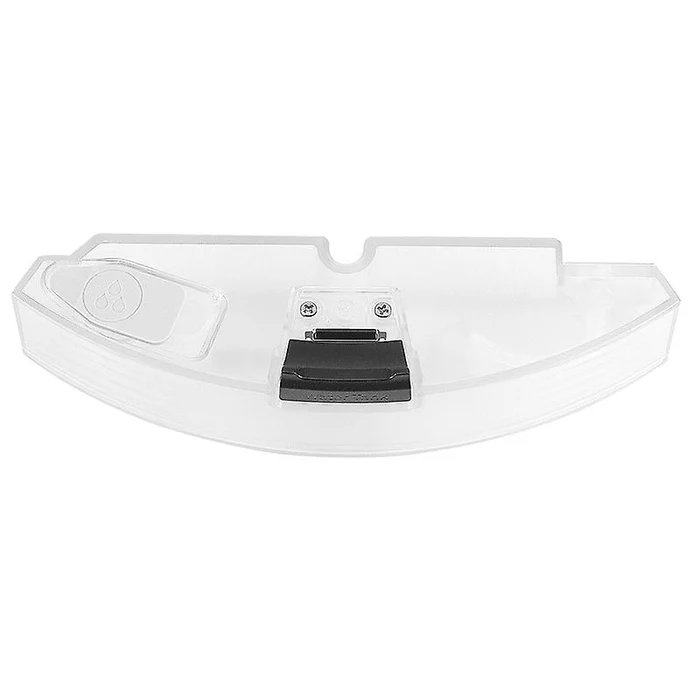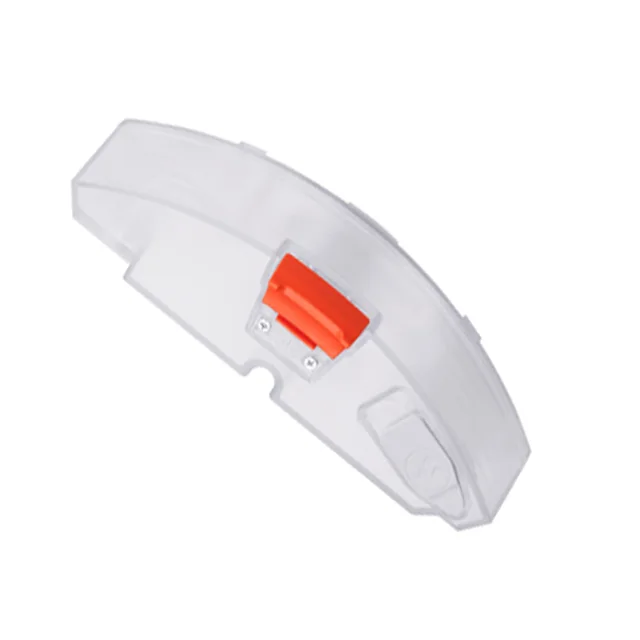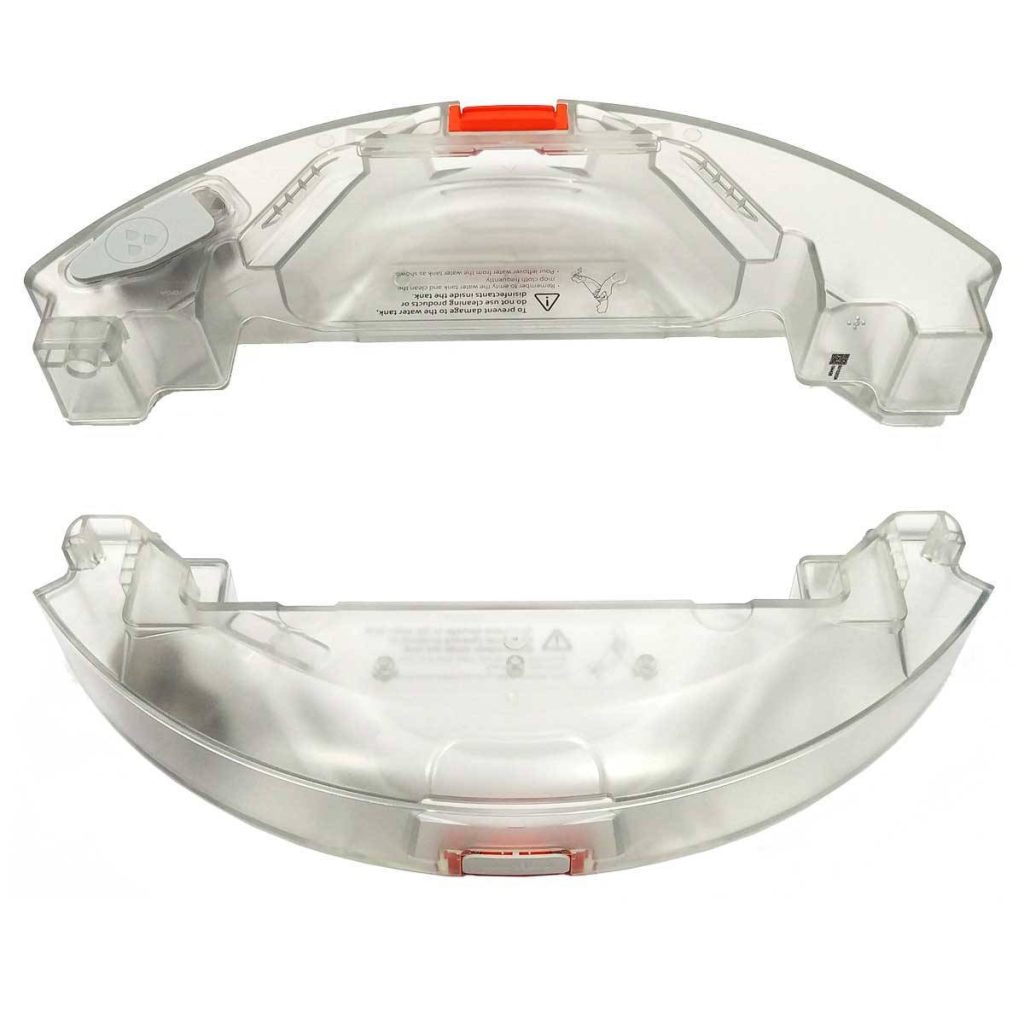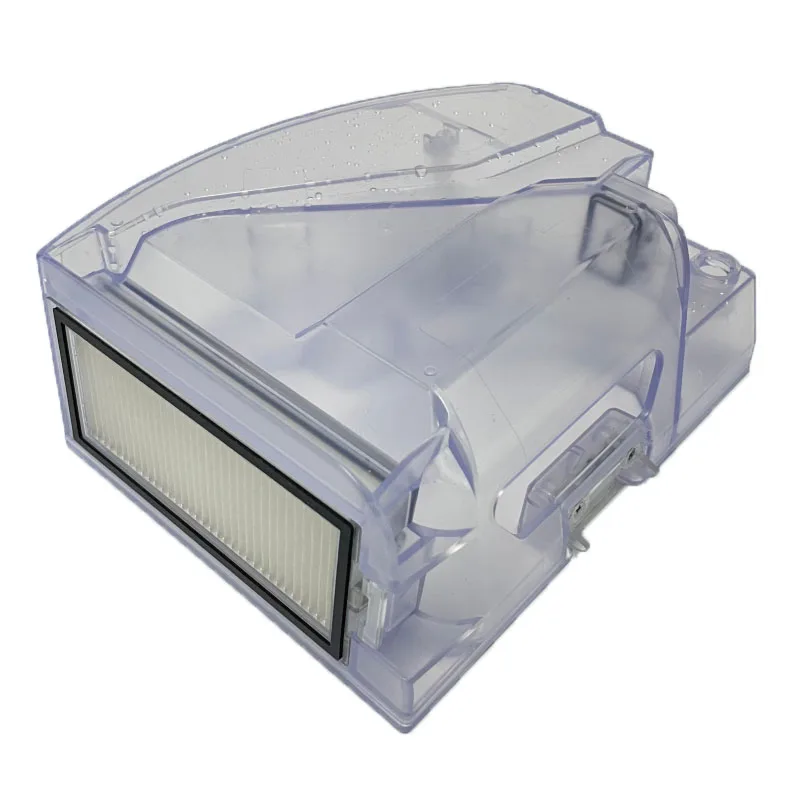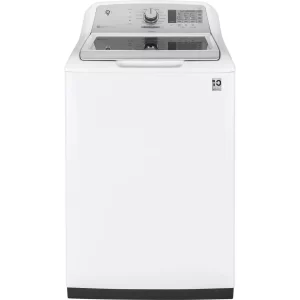The Ultimate Guide to Cleaning the Roborock Water Tank
Keeping your Roborock water tanks clean is essential for maintaining its efficiency and ensuring that your robotic vacuum performs optimally. A clean water tank not only prolongs the life of your device but also guarantees that it operates with maximum effectiveness, leaving your floors spotless. In this comprehensive guide, we’ll delve into the best methods to clean a Roborock water tank, examining its importance, materials needed, step-by-step cleaning techniques, and maintenance tips.
Understanding the Importance of a Clean Water Tank
Why Cleanliness Matters
The water tank is a crucial component of your Roborock device, responsible for dispensing water during cleaning sessions. Over time, mineral deposits and bacteria can accumulate in the tank, leading to unpleasant odors and inefficient cleaning. When the tank is dirty, the water that’s sprayed onto your floors can negatively affect their hygiene and cleanliness.
Preventing Mold and Mildew Growth
A dirty water tank also creates an ideal environment for mold and mildew to thrive. When the tank is not cleaned regularly, water residue and remnants can lead to mold growth, which can be harmful to your health. Regular maintenance can prevent these issues, ensuring a clean and safe cleaning experience for you and your family.
Materials You’ll Need for Cleaning
Essential Cleaning Supplies
To effectively clean your Roborock water tanks, gather the following supplies:
- Mild dish soap: A gentle cleanser is sufficient for breaking down dirt and grime.
- A soft sponge or cloth: This helps prevent scratches while cleaning the tank.
- Clean, warm water: For rinsing and diluting the soap.
- A small brush: An old toothbrush works well for reaching corners and crevices.
- A towel: For drying the water tanks after cleaning.
Optional Supplies
- Vinegar: If your tank has stubborn stains or odors, vinegar can act as an effective natural cleaner.
- Baking soda: This multi-purpose cleaner can also help with tough stains and odors.
DIY Cleaning vs. Professional Cleaning
Benefits of DIY Cleaning
While professional cleaning has its advantages, many users consider handling the cleaning themselves. DIY cleaning can be cost-effective and also allows you to maintain the water tanks on your schedule.
- Cost Savings: The most attractive aspect of DIY cleaning is the cost savings. You won’t have to pay for professional services, which can add up over time. Most cleaning supplies needed for regular maintenance are affordable and widely available.
- Flexibility: You can clean the water tanks whenever it suits your schedule, minimizing any downtime for your Roborock vacuum.
- Routine Maintenance: Regular DIY cleaning can become part of your overall home maintenance routine, ensuring that the water tank remains in optimal condition.
Downsides of DIY Cleaning
However, DIY cleaning also has its disadvantages. While it may save you money, an inexperienced individual may fail to clean the water tank effectively.
- Inefficacy: Without the proper knowledge and tools, you might not clean the tank thoroughly enough. Residues that are not completely removed can lead to a compromised cleaning experience.
- Risk of Damage: Using the wrong cleaning products or methods can potentially damage your water tanks, resulting in costly repairs or replacements that far exceed the price of professional cleaning.
- Time-Consuming: If you have a busy schedule, finding time to clean the water tanks might not be feasible.
Step-by-Step Guide to Cleaning Your Roborock Water Tank
Step 1: Gather Your Supplies
Begin by collecting all the cleaning supplies mentioned above. Having everything on hand will make the process smooth and efficient.
Step 2: Disassemble the Water Tanks
Carefully remove the water tanks from your Roborock device. Refer to the user manual if you need guidance on how to do this. Remove the lid or cover, ensuring that you do not lose any small components.
Step 3: Empty the Water Tanks
Pour out any remaining water from the tank. Make sure to check for any standing water or debris in the tank that may need to be removed.
Step 4: Rinse the Tank
Before applying any soap, give the water tanks a quick rinse with warm water. This will help loosen any residue that may be adhering to the surface.
Step 5: Clean with Soap
Take a small sponge or cloth and apply a few drops of mild dish soap. Gently scrub the interior and exterior of the water tanks, making sure to focus on areas that show signs of buildup.
Pay Attention to Corners and Crevices
Use a small brush to clean any hard-to-reach areas, such as corners and crevices. If you notice any stubborn stains, a mixture of baking soda and water can be used as a paste to help break down the grime.
Step 6: Rinse Thoroughly
After scrubbing, rinse the tank thoroughly with clean, warm water. Make sure to remove all soap residues, as leftover soap can affect the water quality during cleaning.
Step 7: Dry the Tank
Using a clean towel, dry the water tanks completely to prevent moisture buildup, which can lead to mold and mildew growth. Ensure that both the interior and exterior are bone dry.
Step 8: Reassemble the Water Tanks
Once the tank is dry, reattach any components and place it back into your Roborock device. Make sure it is securely fastened to prevent leaks during the next cleaning cycle.
Additional Cleaning Tips for Optimal Maintenance
Frequency of Cleaning
For best results, aim to clean your Roborock water tanks at least once a week. If you frequently use the device or notice that it dispenses water improperly, consider increasing this frequency.
Storing the Water Tanks
If you’re not going to use your Roborock for an extended period, it’s a good idea to empty and clean the water tanks before storing it. This helps prevent any odors or bacteria from growing inside the tank.
Using Vinegar for Odors
If you detect unpleasant odors in your water tanks, fill it with a mixture of equal parts water and white vinegar. Let it sit for about an hour before rinsing thoroughly. This natural method can effectively eliminate odors without the need for harsh chemicals.
Keeping Water Fresh
If you’re filling the water tanks with fresh water, avoid using tap water with high mineral content. Instead, consider using distilled water to minimize mineral buildup inside the tank, which can affect performance in the long run.
Checking Seals and Components
Periodically inspect the seals and components of the water tank for wear and tear. Replace any damaged parts to prevent leaks and maintain optimal performance.
Mistakes to Avoid While Cleaning
Using Harsh Cleaners
Avoid using harsh chemicals or any cleaning products containing bleach, as they can damage the plastic material of the water tank and leave harmful residues.
Neglecting the Tank During Regular Maintenance
Don’t skip cleaning the water tank during your regular maintenance routine. A clean water tank is vital for effective cleaning and hygiene.
Forgetting to Dry the Tank
Always ensure that the water tank is completely dry before reattaching it to your Roborock. Leaving moisture can lead to mold growth and affect the device’s performance.
Troubleshooting Common Issues
Water Leakage
If you notice water leaking from your Roborock water tanks, check that it is securely connected and inspect for cracks or damaged seals. Cleaning the tank regularly can also help prevent these issues.
Poor Water Dispensing
If the water flow seems inadequate during cleaning, ensure there are no blockages in the tank or water lines. Cleaning the tank thoroughly will help address any build-up that could impede water flow.
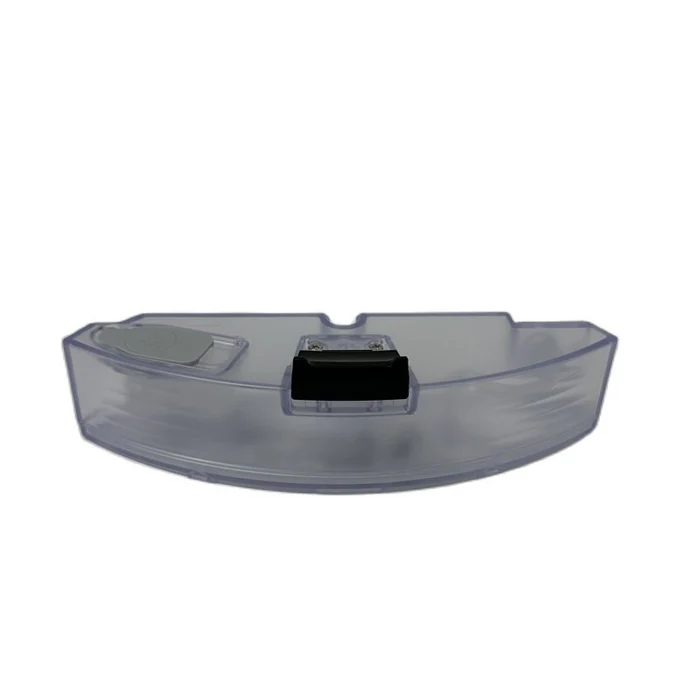 Benefits of Regular Maintenance
Benefits of Regular Maintenance
Enhanced Performance
Regularly cleaning your Roborock water tank helps to maintain its performance. A well-maintained tank will dispense water evenly and effectively, resulting in cleaner floors.
Prolonged Lifespan
Just like other appliances, maintaining your Roborock can prolong its life. A clean water tank minimizes wear and tear on both the tank and the robotic vacuum’s components.
Improved Health and Hygiene
By ensuring that your water tank is clean, you create a healthier living environment. This is especially important if anyone in your household has allergies or respiratory issues.
Conclusion
In conclusion, maintaining a clean Roborock water tank is crucial for ensuring the efficiency and cleanliness of your robotic vacuum. By following the steps outlined above and carrying out regular maintenance, you can extend the life of your device while keeping your home clean and healthy. Remember, the state of your water tank directly influences your cleaning performance; thus, always prioritize its cleanliness. Whether you’re dealing with everyday dirt or stains, understanding how to keep your water tank in top shape will ensure a spotless living space, one clean sweep at a time. With a proactive cleansing routine, you’ll be able to enjoy the benefits of a well-maintained water tank for years to come.
